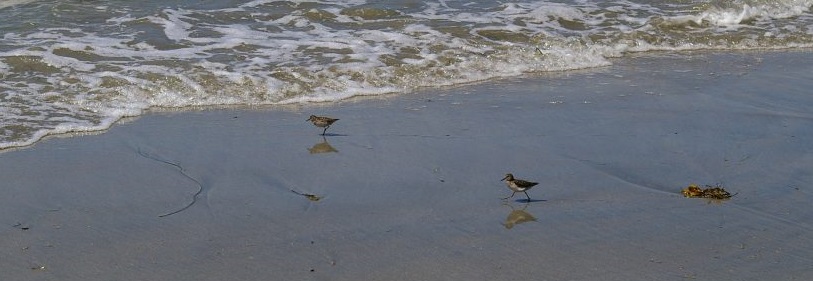What do chickadees, bob-links, coots, oyster catchers, wrens, sandpipers, and auks have in common? These birds, backyard, shoreline, urban and wild are all protected by Canada’s Migratory Birds Convention Act, S.C. 1994 c. M-7, an act celebrating its 100th anniversary this year. The Act protects migratory birds from killing, capturing, taking*, injuring, or molesting.
The Convention between Canada and the United States was signed in Washington on the 16 of August 1916. It was subsequently sanctioned, ratified and confirmed in 1917 by an Act of the Parliament of Canada. The 1917 act was introduced as Bill 92 on June 21, 1917. The debates at first and subsequent readings can be read online at the Canadian Parliamentary Historical Resources website.
The Migratory Birds Convention Act has been continuously in force (with revisions) since 1917. A pdf version of the original Act can be found in HeinOnline, S.C. 1917 c. 18 (7-8 Geo. V. c. 18).
The current Act (including text of the original convention) and regulations can be viewed at the Canada Justice Laws website , S.C. 1994 c. M-7
The Convention and amendments can also be viewed online at the Canada Treaty Series website; search the Bilateral section.
For a complete listing of protected birds and reference to provincial legislation, see the Environment Canada website, Legal Protection for Migratory Birds in Canada.
Planning Ahead to Reduce the Risk of Detrimental Effects to Migratory Birds, and their nest and Eggs.
Related websites:
- the Urban Sanctuary Project, celebrating the 100th anniversary of the Convention in Canada, and the three MBS in the Victoria region,
- Victoria Harbour Migratory Bird Sanctuary (map), established in 1923.
*see Article II, section 1 and 3 of the Convention for exceptions for taking for food.
